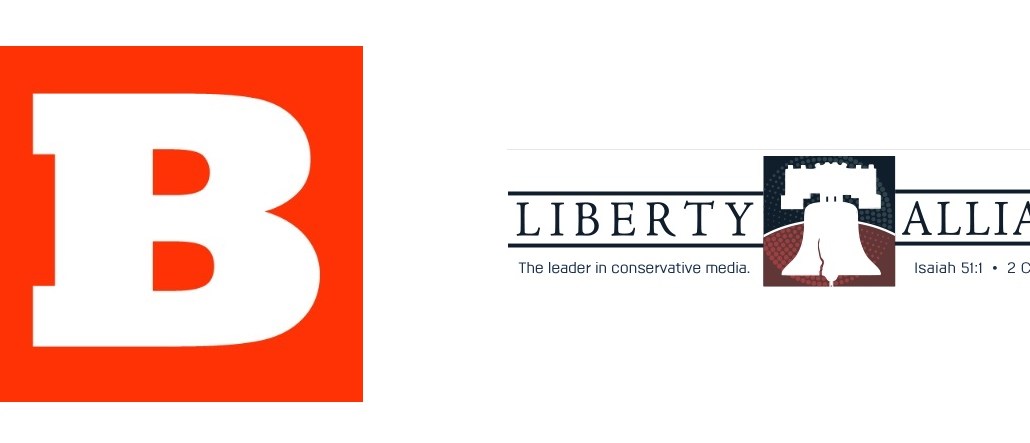Save 50% on a 3-month Digiday+ membership. Ends Dec 5.

Now that the election is in the rearview mirror, some of the most strident politics-focused publishers on the internet are shifting their focus. But not to the Supreme Court or to intrigues about president-elect Donald Trump’s cabinet.
Reuters revealed this week that Breitbart, the conservative politics-focused publisher that piled up tens of millions of views during election season, is eyeing an expansion, not just into foreign markets like Germany but also into topics it’s not commonly associated with, including technology news.
Breitbart might be one of the internet’s most famous conservative news sources, but it’s not pursuing this strategy alone. A number of smaller conservative, politics-focused sites, which gorged themselves on traffic during the run-up to the election, are also looking to hang onto their new audiences by expanding their focus.
“We’ll be focusing on technology and health, and some women-focused sites doing fashion and relationships,” said Joe Wurzelbacher, vp of public relations for the Liberty Alliance, a network of over 110 conservative sites that has its own ad network, the Patriot Ad Network. “As a business, we don’t want to limit ourselves.”
The run-up to the 2016 election was a traffic bonanza for publishers of every size and political persuasion. Breitbart, arguably the largest conservative digital publisher going, saw its monthly traffic nearly double from November 2014, when the country had its last general elections, from just shy of 8 million monthly unique visitors to just shy of 16 million monthly visitors.
Indeed, the promise of traffic was so tempting that dozens of sites appeared out of thin air (or, in some cases, out of Macedonia), and they banded together to grow their audiences as quickly as possible. While the Liberty Alliance has been around for nearly 10 years, it experienced its most aggressive growth over the past 10 months. At the start of 2016, it comprised some 65 websites; today it contains over 110.
But no matter how long these sites have been around, most focused principally on politics with a conservative bent. Some of these sites look at things through the lens of a single issue — gun rights, for example — but the overall topics were the same for most of this year, and that strategy will have consequences. “Will we see a lull in traffic? Absolutely,” Wurzelbacher said.
Ad position: web_incontent_pos1
“But,” he added, “they’re gonna come right back to it in a week or two.”
When they get there, they might find different topics to focus on, not simply because a president has been elected but because these publishers need new ways to retain readers, or continue to grow them. Politics is likely to fade as a key topic in newsfeeds.
These moves are also part of a bid to attract ad partners. Visit most of these new sites, and you’ll notice a lack of display inventory. While the sites contacted for this story would not give specific breakdowns of where their revenue comes from, most of them appear to rely heavily on third-party article-recommendation widgets like Outbrain, Taboola, Revcontent and Spoutable, with some sites fitting three or four different article-recommendation widgets onto a single page.
That’s partly because native solutions like that yield higher CPMs than traditional display, but it’s also because these sites have managed to attract readers who seem to like what those widgets have to offer. According to Jon Belmonte, the co-founder and CEO of Spoutable, which works with more than 750 publishers, the audience that visits the conservative sites that use its widgets click on its articles at a rate that’s “well above average.”
Not all of these sites are going to change overnight. Indeed, the sites that stick to politics have a chance to build sustained interest. “For the first time since 2009, we have one party ruling the executive and legislative branches of the federal government,” said Cally Baute, the vp of audience solutions at Politico. “There’s a national interest that wants to follow what’s happening now, that wasn’t there before.”
More in Media

Digiday+ Research Subscription Index 2025: Subscription strategies from Bloomberg, The New York Times, Vox and others
Digiday’s third annual Subscription Index examines and measures publishers’ subscription strategies to identify common approaches and key tactics among Bloomberg, The New York Times, Vox and others.

From lawsuits to lobbying: How publishers are fighting AI
We may be closing out 2025, but publishers aren’t retreating from the battle of AI search — some are escalating it, and they expect the fight to stretch deep into 2026.

Media Briefing: Publishers turn to vertical video to compete with creators and grow ad revenue in 2026
Publishers add vertical video feeds to their sites to boost engagement, attract video ad spend and compete with news creators.
Ad position: web_bfu
